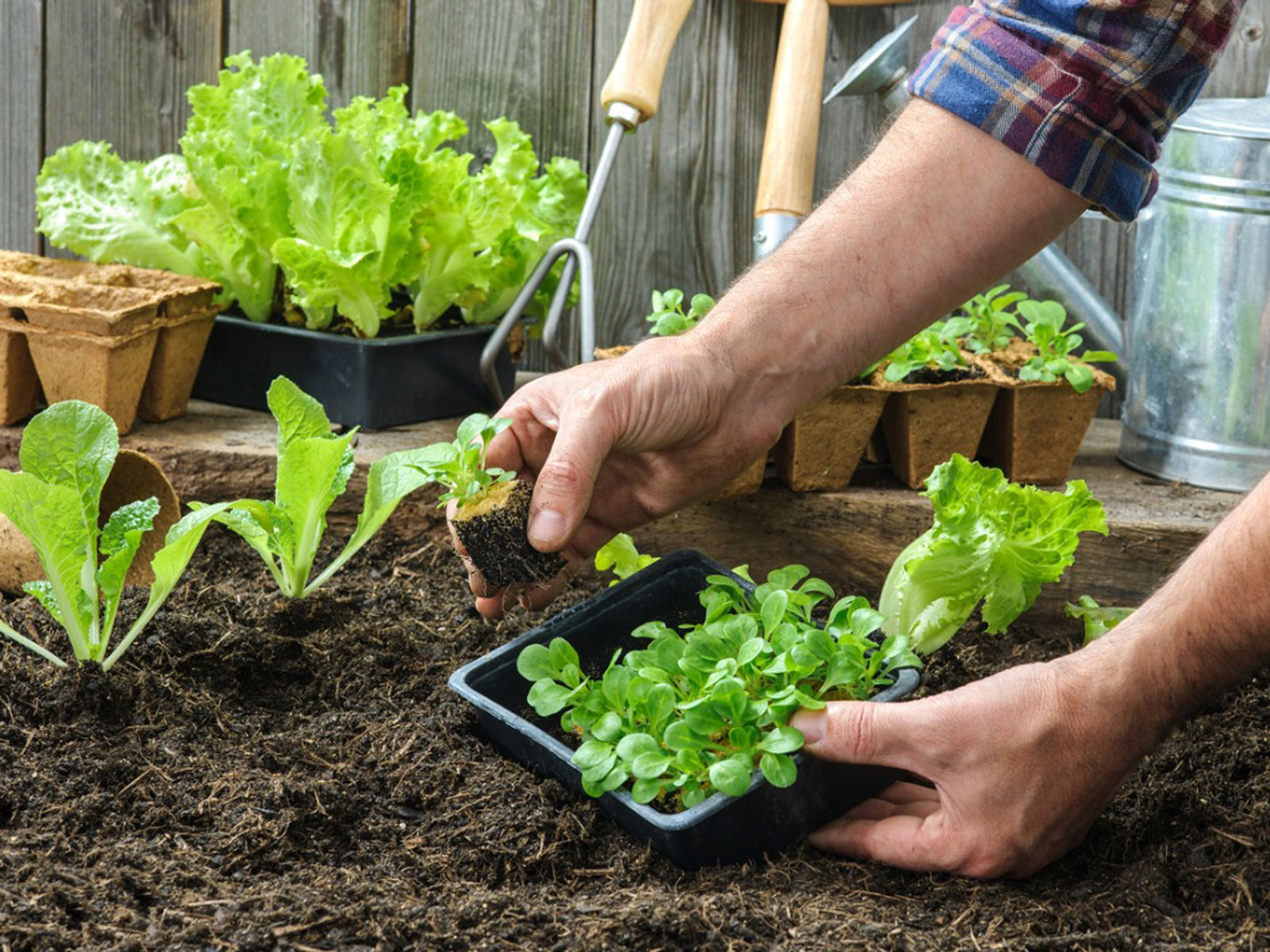Make Your Own Kitchen Garden: A Beginner’s Guide

Nowadays, getting pure, fresh, and healthy food is almost impossible. Organic produce is so much expensive that many of us settle for artificially prepared food or stuffed with preservatives.
The aroma of fresh fruits and vegetables is exceptional. What if you grow them in your kitchen garden instead of wandering here and there in search of fresh produce?
This may cost you a little work and time but the reward is worth your struggle. Saving bit by bit in your expenses can let you buy indoor plants and cultivate the fruits and herbs for everyday cooking.
Step By Step Guide For Creating A Perfect Kitchen Garden
You must be saving money to meet the gas certificate cost because you know nothing comes before or in the way of your safety. Growing your food also makes a huge part of a safe attitude.
Millions of people have lost their lives due to food-borne diseases. So some of the food, if not all have been grown in your kitchen garden, the possibility of these health implications can be averted somehow.
Step 1: Spot The Perfect Light
Sunlight is the most important requirement of plants. Normally plants require at least 3 to 6 hours a day to flourish properly.
However, these sunlight requirements may vary with season and the plant. Look for the areas having direct sunlight, such as windowsills, corners, atop sinks, or any other place that is not frequently used and has access to the sunlight.
A warm temperature and smooth airflow are also the essentials. It is important to note that every part of the plant should have an equal share of sunlight to avoid uneven growth, so turn the plants periodically.
Step 2: Get The Right Container
Most frequently pots that are used for gardening are earthen pots. Reasons are several, such as they are cheap, easily available, complement any kitchen theme, etc.
But there is a wide array of alternatives; an old metal can or an upcycled plastic bottle will serve your needs without spending a penny.
Step 3: Source Your Soil
Soil should have an appropriate balance of nutrients and you can easily find it in a nursery, so we recommend getting some from a nursery to ensure that soil has enough composition to meet the plant’s requirements.
An alternative is to buy the soil from any nearby store and add compost or organic matter to enhance its fertility. Moreover, you can also think of mixing regular soil with highly fertile red soil.
Whatever the soil source is, make sure the soil is wee-drained because vegetables mind a soggy environment. If the soil is not good enough, plants will not grow, and it will be highly disappointing for beginners.
Step 4: Careful Application Of Seeds
Get seeds of the fruits or vegetables you want to grow from a nursery. After sowing the seeds, it is crucial to use a mesh cover on the pot to avoid excess sunlight, air, or from the animals.
What You Should Grow In The Kitchen Garden?
It is recommended to grow herbs and fruits that you frequently use in the kitchen. Some common herbs and vegetables that can almost be found in every household are;
Chilies
Nothing can delight our taste buds more than the spices. Chillies can easily be grown and picked. Steps for growing chilies in your kitchen garden are;
- Pick your favorite chilli pepper, split it and take out the seeds.
- Spread the seeds on a paper towel evenly and apply water spray to keep them moist.
- Wrap it and keep it aside for a week in a humid place and keep applying water to avoid dryness.
- Add compost before sowing the seeds.
- Pluck the chillies when they get 5-7 cm long.
Tomatoes
What refreshes you more than witnessing the growth of fresh and juicy tomatoes in your very own kitchen garden? Besides having a delectable taste, they are a major source of antioxidant lycopene which is known to be the best against cancer and many heart diseases.
For growing tomatoes, follow the steps below;
- Fill the pot with enough potting soil.
- Cut the tomato slices into ¼ slices and put the cut sides down in the pot.
- Regularly water the plants; apply the water deeply once a week
- Follow biweekly fertilizer schedule
- You will witness seed germination within 7 to 14 days.
- When the plant starts to bloom, do manual pollination by shifting pollens from one plant to another by hand.
Corianders
If your dish is not presentable, it will put your family off before even taking a bite. Decorating your dish will be going to take a while, so an easy coriander garnishing is a way out.
Just as a console table lightens up a living room, a layer of coriander cheers up even an ordinary food. For getting the best results, follow the steps below;
- Take the coriander seeds out of the spices box and apply them directly to the soil (you can also crush them before sowing).
- Keep an appropriate space between the seeds; 3-4 inches is perfect.
- Water the seeds regularly, 1 inch of water per week would be enough for corianders to grow smoothly.
- You can harvest 3-6 inches long corianders after 3-4 weeks. In the case of sprouts, it will take no longer than 18 to 20 days for corianders to reach that height.
You can also grow mint, basil, curry leaves, potatoes, lemon grass, beets, etc. it is important to note that small plants are best to be cultivated if you are a beginner. They are easy to handle and have very minimum growth requirements.
Also Read: What Is a Flowering Plant’s Life Cycle?
Kitchen Garden Maintenance Tips
- Fertilizing the soil with bits of eggshells, ground coffee, banana peels, etc.
- Prune the plants to boost growth but try not to cut more than 1/3 of the plant at one time
- Start with just one pot if you are a beginner
Now that you have a game plan up your sleeves, stop wasting your time, grow fresh produce in your kitchen garden and enjoy a happy and healthy life. Make your own easy, cost-effective, and healthy kitchen garden.






